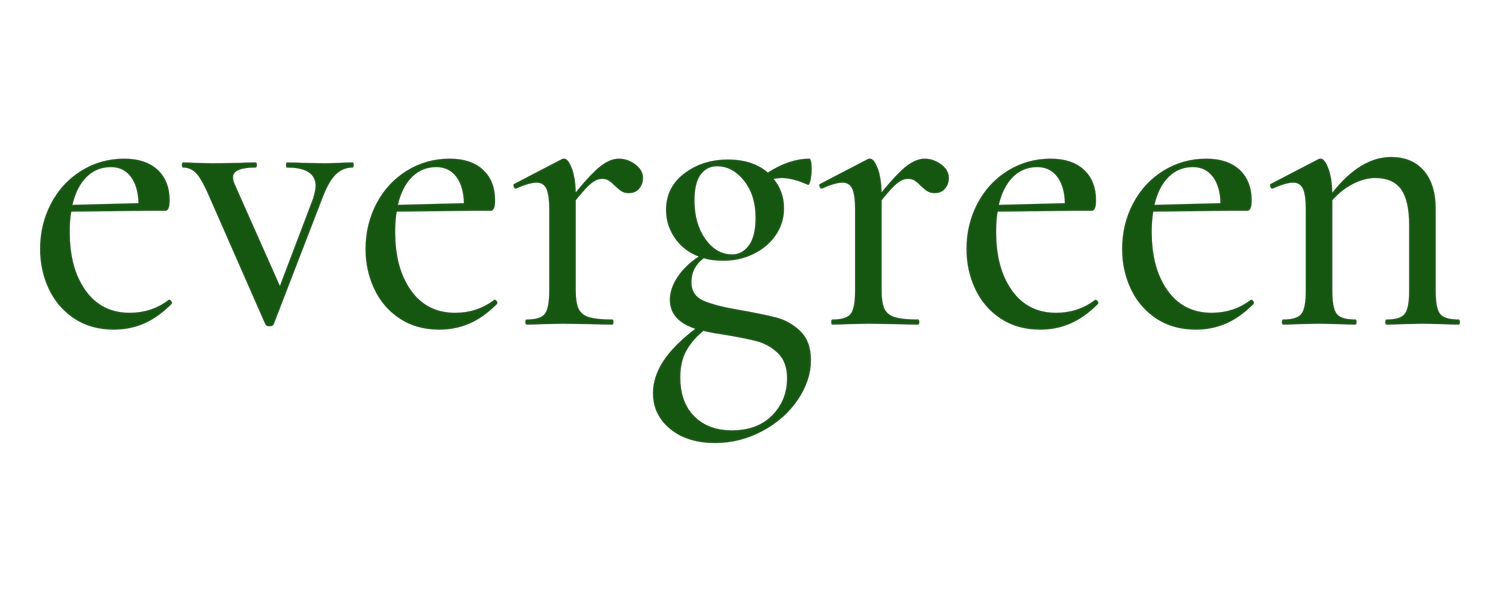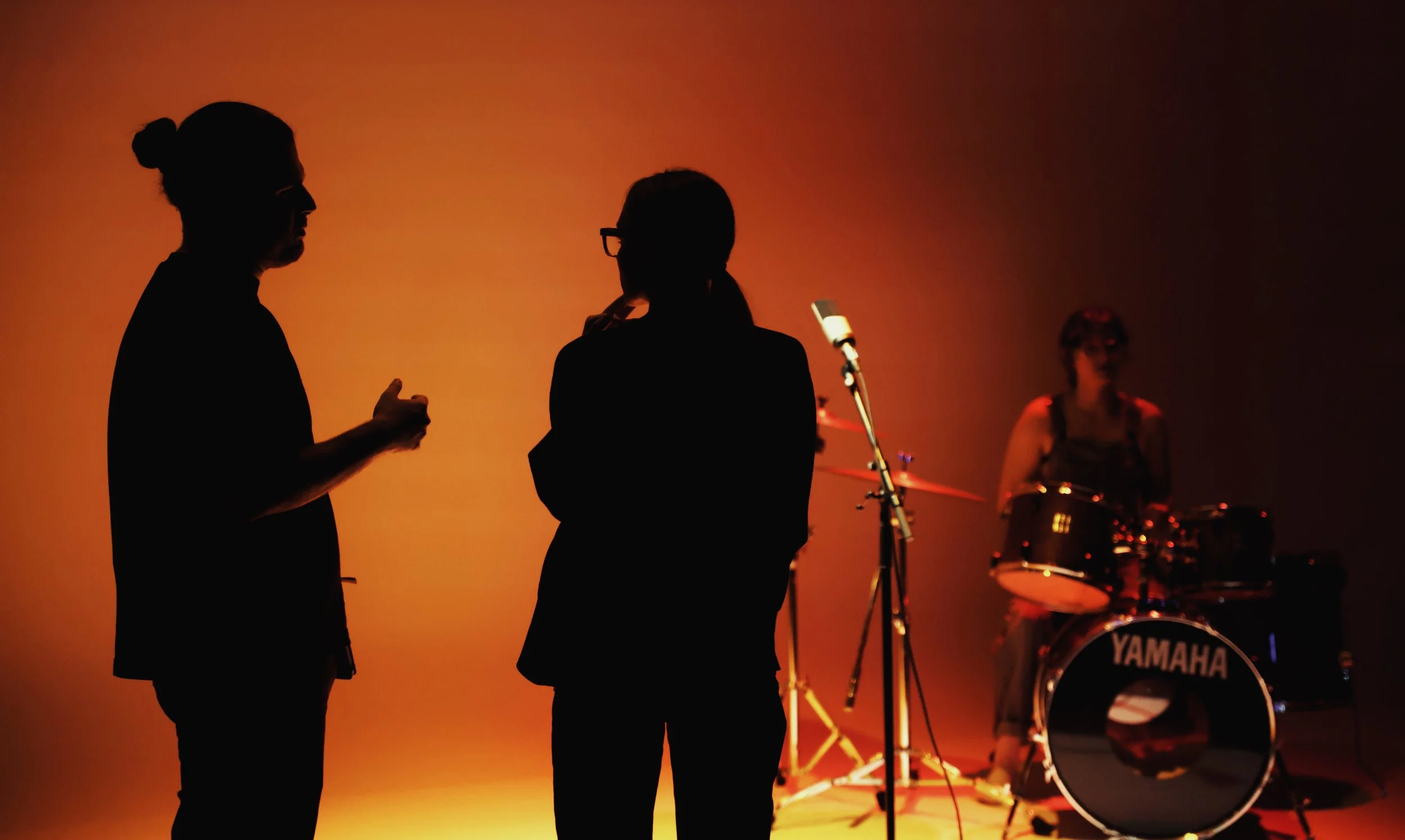How to Budget for Music Marketing in 2025 — A Guide for Independent Artists
You’ve spent hours in the studio, perfected your sound, and now your music is ready to share with the world. But without a marketing budget, even the best songs can disappear into the noise.
In 2025, music marketing isn’t optional — it’s the engine that drives streams, ticket sales, and long-term fan growth. But how much should you spend, and where should that money go?
At Evergreen Music Company, we work with artists at every stage of their careers to create marketing budgets that actually work — whether you’re playing your first local gig or preparing for a national tour.
Step 1: Know Your Career Stage
The amount you invest in marketing should reflect your current goals and scale. Here’s a general framework:
Career Stage
Marketing Budget Range
Focus Areas
Emerging Artist (0–5k followers, no major releases)
$500–$2,000 per release
Branding, social media content, local PR, targeted ads
Growing Artist (5–50k followers, multiple singles/EP)
$2,000–$7,500 per release
Digital ad campaigns, playlist pitching, influencer collaborations, regional PR
Established Artist (50k+ followers, national presence)
$7,500–$25,000+ per release
Large-scale ad spend, full PR campaigns, tour promotion, video content production
Pro Tip: These numbers aren’t one-size-fits-all — but they give you a baseline for planning so you can allocate resources strategically.
Step 2: Allocate Your Budget Wisely
A solid marketing budget covers more than just ads. Here’s how we recommend breaking it down:
1. Content Strategy & Creation — 30–40%
Professional content (videos/photos/graphics)
Music videos and/or lyric videos, visualizers
Short-form video content for TikTok, Instagram Reels, and YouTube Shorts
Example:
When Laufey released her second album, she invested heavily in short-form video content, helping her dominate TikTok and increase pre-orders.
2. Digital Advertising — 20–30%
Instagram & Facebook ads
TikTok ads targeting fans of similar artists
YouTube pre-roll campaigns
Example:
Indie pop artist JVKE ran targeted TikTok ads that amplified his organic reach, turning golden hour into a viral hit.
3. PR & Playlist Pitching — 15–25%
Outsourcing PR services by hiring a publicist
Targeted Spotify editorial pitching
Blog and media outreach
Example:
Noah Kahan’s “Stick Season” rollout included strategic PR hits that amplified his social media buzz into chart placements.
4. Fan Engagement & Community Building — 10–15%
Contests, giveaways, and fan-exclusive content
Email marketing campaigns
Discord or Patreon setup
Live stream Q&A events
Example:
Taylor Swift’s most dedicated fans feel connected through Easter eggs, private meetups, and exclusive content — proving the value of community investment.
5. Analytics & Tools — 5–10%
Social media scheduling tools (Later, Hootsuite)
Analytics platforms
CRM platforms
Example:
Successful indie campaigns track real data — so every dollar is spent smarter on the next release.
Step 3: Build Marketing Into Your Recording Budget
When planning a release, always treat marketing as part of the total cost — not a separate afterthought.
Example breakdown for an emerging artist single:
Recording, mixing, mastering: $1,500~
Marketing (content, ads, PR, tools): $1-2,000
Total: $2-3,500
This ensures that the release is supported from day one, instead of scrambling to promote after it’s out.
Step 4: Think in Campaigns, Not Posts
Marketing isn’t just one announcement — it’s a planned sequence of events:
Pre-Release: Teasers, pre-save campaign, influencer seeding
Launch Week: Daily content, targeted ads, press outreach
Post-Release: Acoustic versions, remixes, fan-generated content
Example:
When Olivia Rodrigo dropped Drivers License, her campaign lasted months, with new angles and media coverage keeping the song relevant.
Final Thoughts
In 2025, your marketing spend is just as important as your studio spend.
The right budget turns great music into career-changing opportunities — and the wrong one can leave your best work unheard.
At Evergreen Music Company, we build custom marketing plans that match your stage, budget, and goals — ensuring every dollar works to grow your fanbase and impact.
Ready to plan your next release budget the smart way?
Let’s make it happen.

